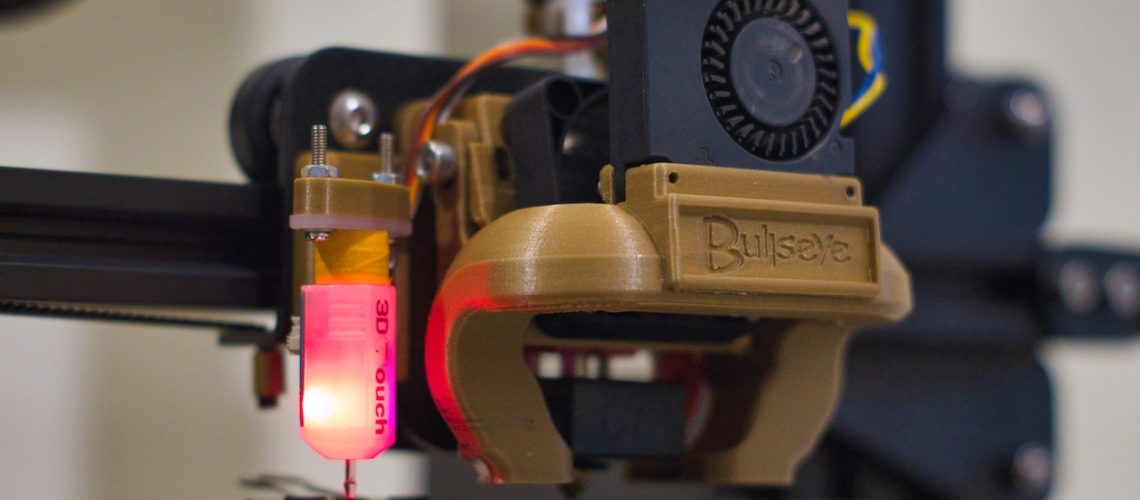This article covers future technologies that will be common in our daily lives. These technologies include 3D printing, Regenerative medicine, and Autonomous devices that will replace humans in many tasks. In addition, we will see IoT devices handle more of our lives’ “background tasks.” This article is a great primer for anyone who wants to learn more about the future of technology.
Autonomous devices will perform tasks in place of humans
The future of autonomous technology will be a huge help in reducing carbon footprints and emissions. CO2 levels have already increased by 50% in the last century and are projected to reach 410 parts per million by 2020. That increase is due largely to human-caused carbon emissions. Greenhouse gases also contribute to air pollution and are a major contributor to global warming.
IoT devices will handle more “background tasks” in the lives of humans
With the rise of IoT, the human workspace is shifting from a linear to a multidimensional map. Devices can now be linked together to manage business processes, commerce, and education. With the use of connected devices, humans can do more “background tasks” and focus on more important work.
3D printing
In the future, 3D printing will become the norm in the manufacturing industry. Its adoption is growing at a fast pace and is being implemented in many fields. The main reason for this is the economic benefits it offers. Companies can save a lot of money by using 3D printing technology as compared to other traditional manufacturing methods.
Regenerative medicine
The United Nations’ latest World Population Prospects report indicates that by 2050, one in six people will be older than 65, up from one in ten in 2019. The growing aging population will require new regenerative technologies that address unmet clinical needs. This means that ease of translation, from laboratory to clinic, is an important consideration. This includes manufacturing scale up, regulatory issues, and economic costs.
Drones
Drones have been gaining popularity over the past few years and will most likely play a big role in our lives. They are useful for a number of purposes, including increasing work efficiency and production costs, improving customer relations, and resolving security issues on a large scale. While these devices are not yet ready to replace human workers, they can help with humanitarian efforts in disaster zones. In areas that have suffered from natural disasters or man-made disasters, drones can reach remote areas, providing medical assistance and removing hazardous materials from the area.
Biosensors
Biosensors are a future technology that can monitor a person’s health over time. They allow the user to monitor blood glucose levels and other factors that may be indicative of a health problem. Some examples of this technology are the Continuous Glucose Monitor, which measures glucose levels in the interstitial fluid of the skin. The device is used by diabetics to monitor blood sugar levels.
Infographic Created by Computers Nationwide, Respected & Trusted IT Service Management Provider